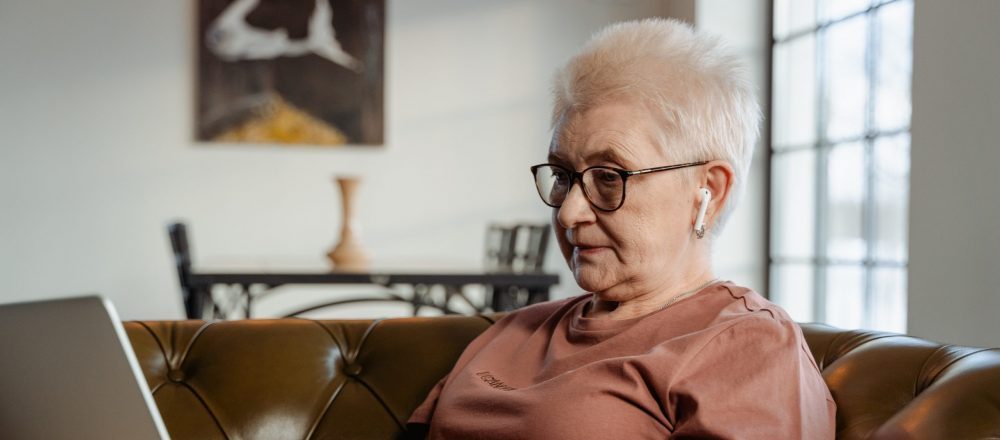BZD issues and drug overdoses – it’s not just about opioids
We know that the opioid epidemic and its impact on the health of your patients and community has become so significant that we’ve done two blogs in recent months focusing on the subject: in January and one to be released shortly. But we haven’t yet talked about the related issue: benzodiazepine use.
CDC guidelines for prescribing opioids address multiple concerns with opioid use, but specifically address avoiding the concomitant use of benzodiazepines — also known as benzos or BZDs — used for anxiety and insomnia.
Taking a BZD in combination with an opioid increases the risk of a drug overdose 10 times and increases the risk of overdose in a dose-dependent fashion. The larger the BZD dose, the higher the risk of overdose.
The risk for dependence comes from the stimulation in the dopaminergic system, where more dopamine creates a feeling of euphoria or “the high.” Opioid therapy can produce similar effect, and the BZD/opioid combination has an even greater potential for dependence and addiction.
BZD/opioid combo deaths up 1,000%
According to the CDC, 23% of those who died from an opioid overdose also tested positive for a BZD. In 2017, 11,537 deaths resulted from the combination of opioids and a BZD, up more than 1,000% from 1,135 deaths in 1999.
Never-the-less, BZD prescription numbers continue to rise, with 13.5 million Americans each year receiving a BZD prescription, and with 17% of opioid users also having an active BZD prescription. Obviously, this problem is only going to continue, and we need ways to address concerns for the health and safety of our patients.
Tapering off, and communication: How RxLive can assist
Communication with patients, their families and providers is essential for the safe use of BZDs and opioids alike. Coordinating safe and effective care across the healthcare continuum requires integrated communications with each stakeholder — patients, their families and appropriate members of their clinical care team.
For patients who require opioid therapy, providers and clinical pharmacists need to have a frank conversation regarding each patient’s situation, including:
- Is the patient on BZD therapy and why?
- Does the patient need to continue the BZD therapy? Can an alternative be considered?
- Can the patient reduce the BZD dose or taper off?
Patients on long-term BZD therapy can experience significant withdrawal symptoms, potentially for months after stopping the med. Thus, patients and prescribers wishing to decrease or discontinue the patient’s BZD usage will need to create, agree upon and implement a tapering schedule.
This is where an RxLive pharmacist can provide true value. Our tapering protocols and our experience in medication management consulting combined with a regularly scheduled check-in can help providers initiate and implement a patient’s successful tapering schedule that:
- Focuses the discussion on how we can avoid or minimize withdrawal symptoms.
- Lessens the overdose risks associated with BZD use in general and especially the concurrent use with other powerful drugs such as opioids.
- Most importantly, a plan the patient is likely to follow to achieve maximum positive effect with low chances of avoidable negative consequences.
Let us know how the RxLive skilled clinical pharmacist team can help. Contact us anytime at kristen@rxlive.com.





